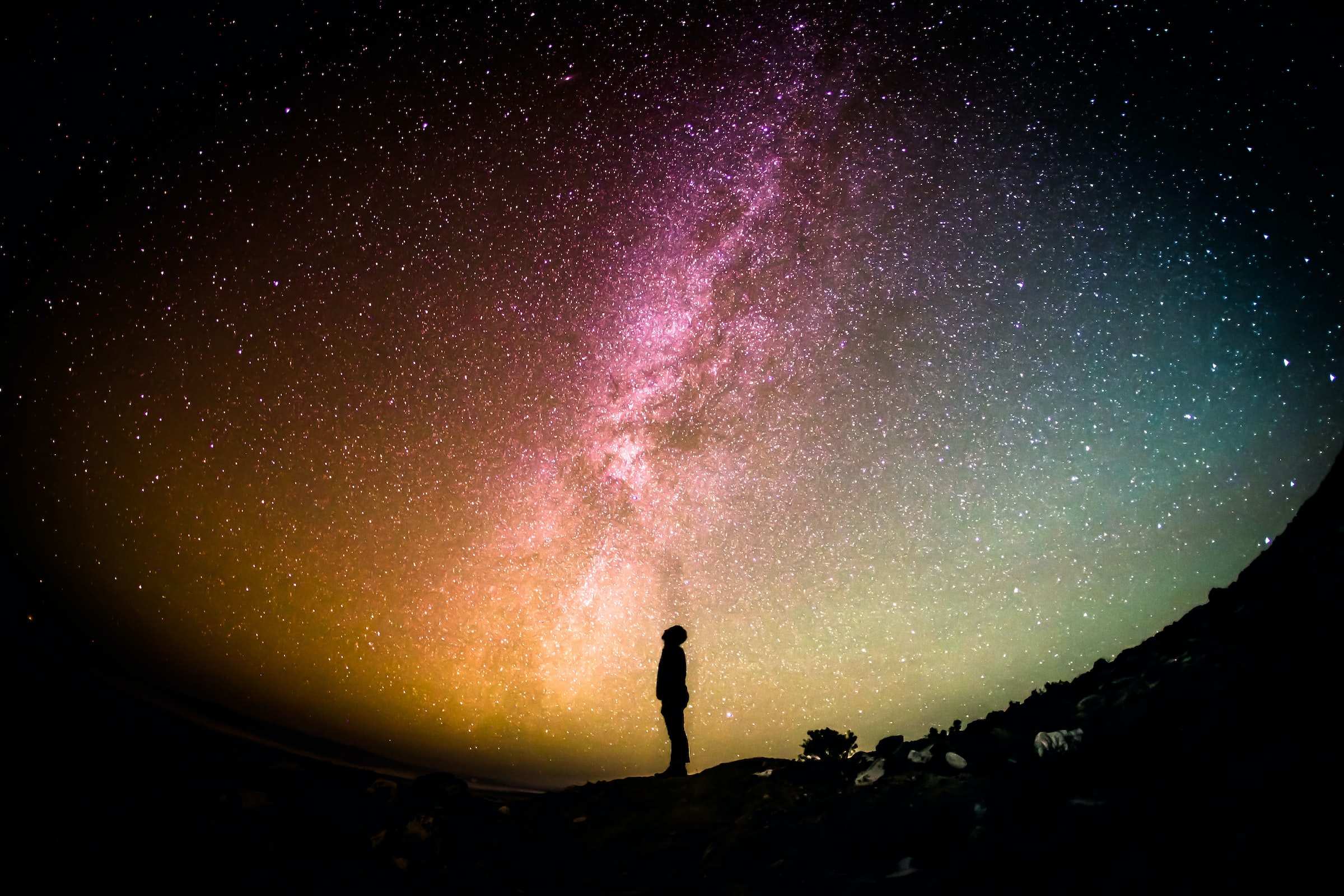
Science, media and culture
About
This research theme examines the intersections of science, the media, art and public.
Popular culture and media play an important role in influencing our ideas of science by constructing images of our reality. In this research theme, we aim to better understand how the media and popular culture narratives about science have affected the public discourse and understanding of science, and thus our science-society relationship. The (inter)connections between science and entertainment teach us about the status of science as a cultural force – science in and as culture – and about the ways science has excited the public imagination.
This theme includes The Science in Popular Culture and Entertainment Hub of the Australian National University (POPSICULE), misinformation and disinformation in social media, and Science in Popular Fiction.
Projects investigate such topics as:
The cultural meanings of science, e.g.:
- If popular culture represents public perspectives on science and scientists, what can we learn from those representations?
- If popular culture promotes public discourse about science, how has this contributed to or undermined the public good?
- How can scientists use popular culture to engage people with their science?
- How has popular culture driven scientific advancement and technological innovation, historically and today?
- What pop cultural media and themes have excited the public imagination about science, and how?
The relationships between scientists, media and/or the public, e.g.:
- Where do the public get their scientific information? Which sources do they trust?
- What media outlets and information sources do scientists use?
- How has the advent of social media changed public discussion of scientific issues?
The connections between science and art, e.g.:
- What are the benefits of communicating scientific discovery through theatrical shows?
- How can art exhibitions be used to inspire scientific investigation in the public arena?
- How can the boundaries between science and art be shifted?
- How are science and scientists represented in everyday art, such as postage stamps?
The coverage of scientific issues in the media, e.g.:
- The framing and agenda setting role of the media, especially in controversial issues such as climate change and vaccination
- Comparison of coverage of an issue between different countries or mediums
The roles of different media, e.g.:
- What is the role and influence of social media on public engagement with science in comparison to traditional media?
- Which media sources are the most influential – and what are their influences?
Science and humour, e.g.:
- What does comic performance offer to understanding the public image and pop cultural narratives of science?
- How can humour – and what kind of humour – be used in science communication?
- What can we learn about science from comic scientists such as those in the Nutty Professor films or comic Frankenstein stories?
- What can we learn from the interplay between forensic science and comic zombies in splatstick films (from Braindead or Zombieland to iZombie) for the communication of science?
Image: Unsplash.






